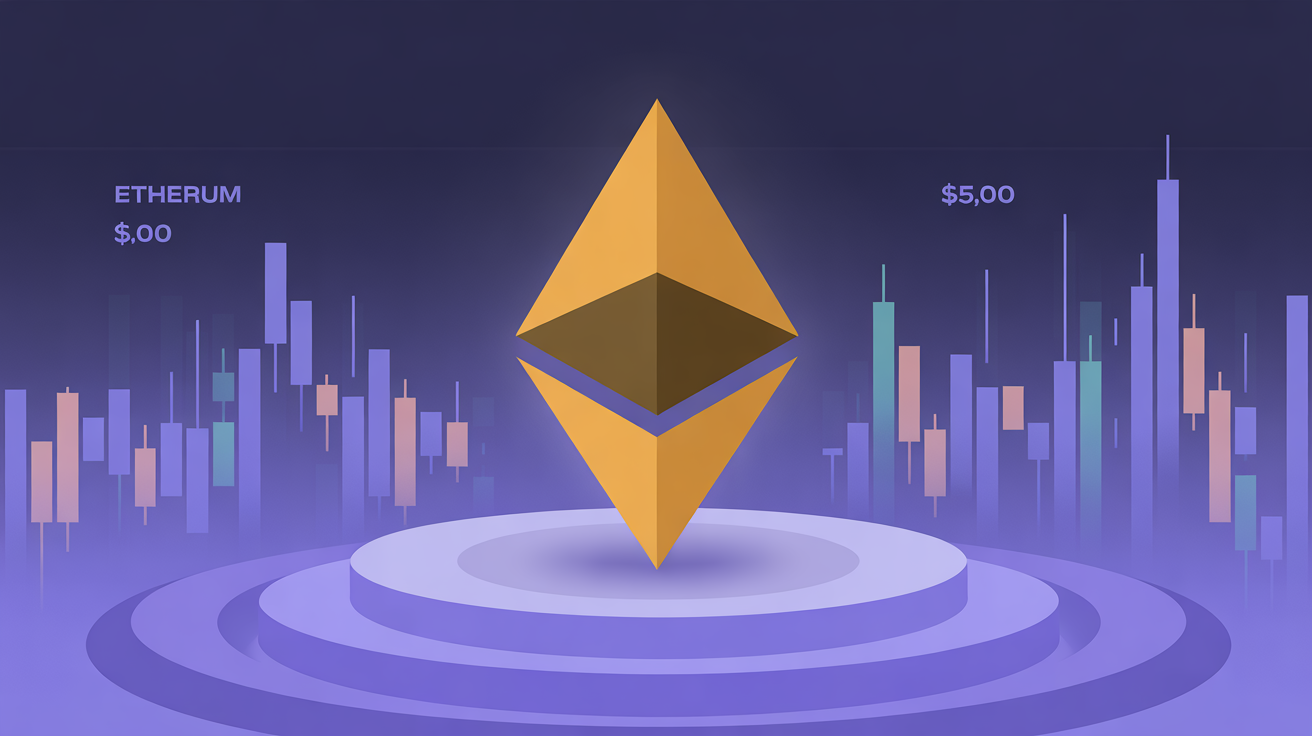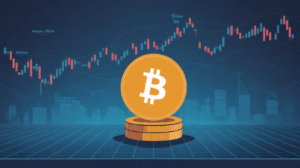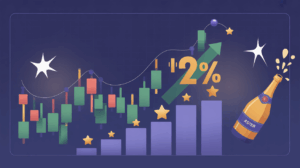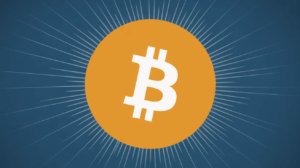Cryptocurrency Bulls on Alert as Bank of Japan’s Rate Hike Threatens to Halt Bullish Trend.
Bitcoin (BTC) and broader markets are entering a volatile period, with inflation in Japan and potential changes in monetary policy putting pressure on investor sentiment.
Investors are largely focused on the upcoming inauguration of President-elect Donald Trump on January 20, as it could serve as a significant catalyst for Bitcoin and other cryptocurrencies. However, shortly after, the Bank of Japan (BoJ) is expected to make a decision regarding interest rates, with a 90% chance of a rate hike on January 24, according to a Bloomberg chart shared by analyst Michael Kramer on X.
Historically, rate hikes by the BoJ have had a disruptive effect on both traditional and digital assets. In August, a previous rate increase caused a wave of unwinding in the Yen carry trade, which sent Bitcoin plummeting to $49,000. Traders are anticipating the same type of sell-off this time around.
Since 2016, the BoJ has kept interest rates negative, but in 2024, it made two hikes, raising rates from -0.1% to 0.25%. The market is now anticipating an implied rate of 0.45% for the upcoming meeting, although this could change depending on inflation data released the day before, on January 23.
Japan’s year-over-year inflation stands at 2.9%, the highest level in three months. A stronger-than-expected inflation report could cause further concern in the markets and could lead to another round of Yen carry trade unwinding, affecting assets like Bitcoin.
The U.S. dollar index (DXY) has remained strong, sitting above 109, the highest since November 2022, signaling a tightening environment. The DXY’s recent rise mirrors the trend during Donald Trump’s first term, where it rallied leading into the inauguration but fell afterward, providing relief to risk assets. The Japanese Yen, meanwhile, has strengthened against the dollar, reaching levels not seen since December 16, at 156.
As global investors prepare for potential rate hikes and economic shifts, Bitcoin could face additional pressure, with movements in traditional currencies and inflation data setting the stage for further volatility.
Share this content:













